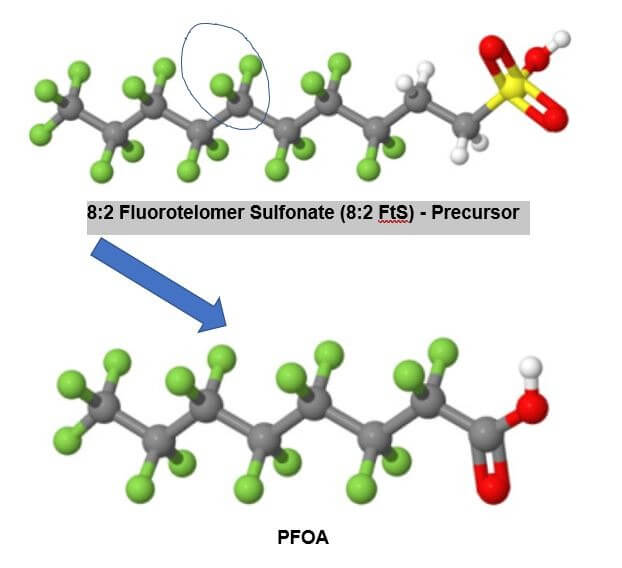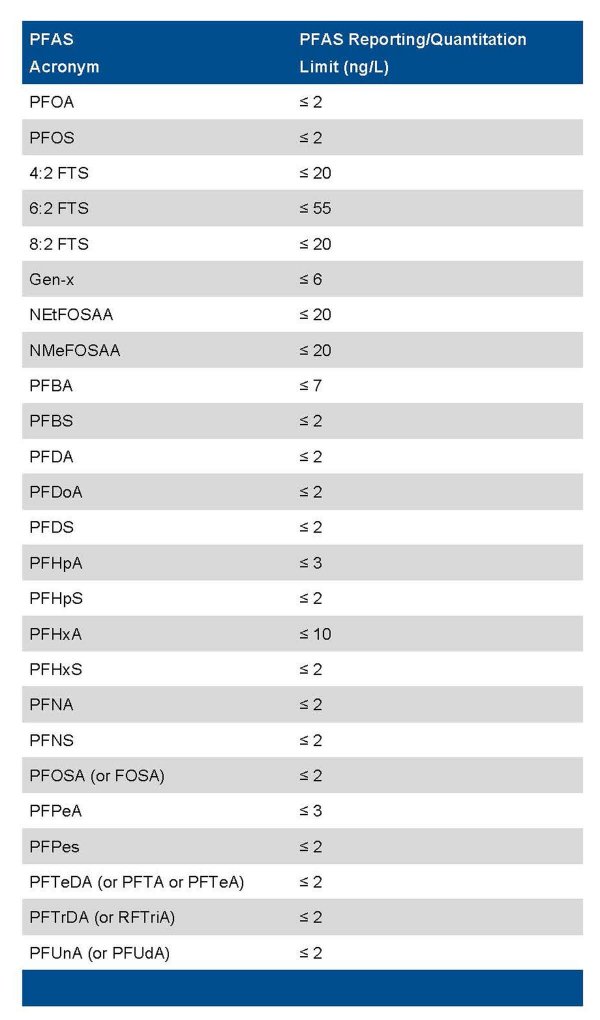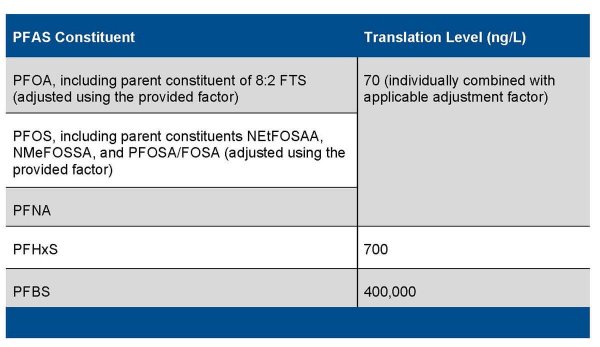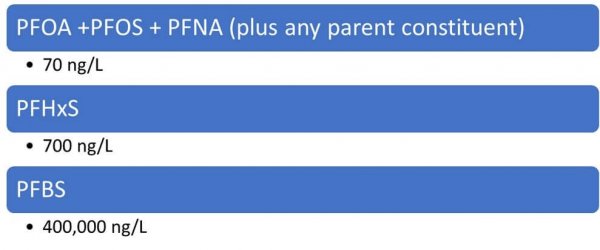
Colorado’s Unique Approach to PFAS Oversight

Colorado has taken a unique approach to monitoring per- and polyfluoroalkyl substances (PFAS) in water as they require acknowledgment of PFAS precursors. By interpreting the existing narrative water -quality standards, Colorado has adopted a PFAS policy where measurable constituents are, in some cases, added together and compared with a single quantitative level. These chemical-specific “Translation Levels” are based on federal toxicology data that are available for a few of the precursor compounds. This approach is unique in that it acknowledges the potential for precursor PFAS chemistries to degrade into terminal constituents, for which, federal guidance and more extensive toxicological data are available. Weighting factors for the parent constituents (precursors) are included in the Colorado policy and must be accounted for when adding individual PFAS chemistries in comparison with the Translation Levels.
Under Colorado’s Translation Level approach, the following parent constituents are combined and compared to the Translation Level. In addition to these Translation Level constituents, Colorado is requiring analysis for a total of 25 PFAS chemistries. Guidance on laboratory quality systems is included in the policy. Dischargers must engage laboratories that use an analytical method that is compliant the Department of Defense Quality System Manual for Environmental Laboratories (QSM 5.1 or later, current version is 5.3).
The full list of PFAS chemistries, along with the required reporting limits are:

Translation Levels, with parent constituents for the five PFAS subset:

Another way to show this that may be more clear is:

Colorado intends to use this policy to require the monitoring of PFAS at discharge locations across the state. Based upon surveys the state conducted, the state will focus this monitoring requirement in areas with known PFAS sources, and collection systems with likely sources. Industrial facilities, industrial stormwater sectors, and publicly owned treatment works (POTW) with pretreatment programs will likely be requested to start monitoring and report the data to the Colorado Department of Public Health and Environment (CDPHE). No effluent limits will yet apply, unless dischargers have exceedances at 10 times the Translation Level. To see how Colorado’s limits compare to other state limits, please see our summary table on our website.

